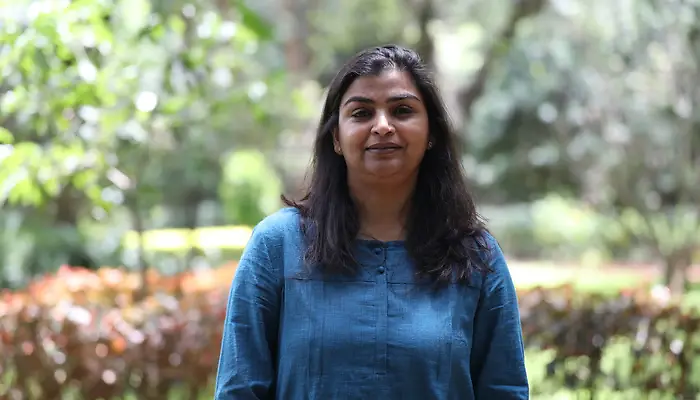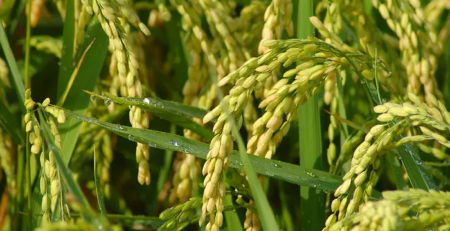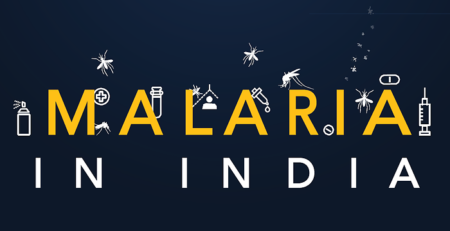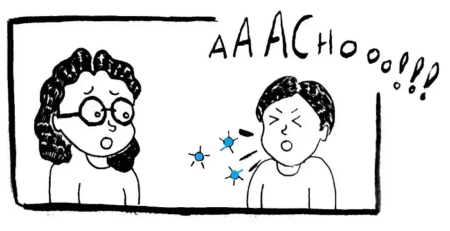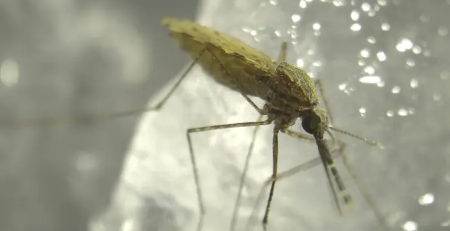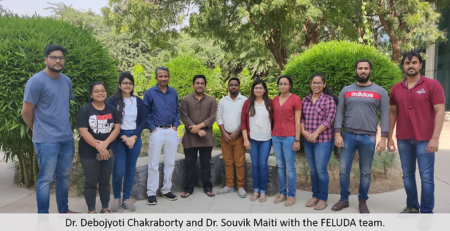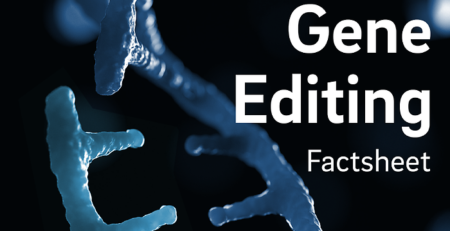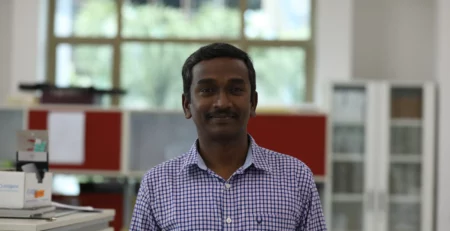Our team primarily tries to understand the role of vector ecology and genetics in the pathogen transmission dynamics. We use a combination of field and molecular techniques to answer questions related to how mosquito ecology, species richness, and niche overlap drive the emergence of a disease. Using fine-scale landscape genetics, we explore the relationships between heterogeneous landscape features and genetic variation in vector populations. With molecular, ecological, and landscape data, in conjunction with computational and analytical approaches, we want to quantify the effects of landscape on gene flow in vector populations, which will help us understand how vector-borne diseases spread.
This approach together with ecology, statistical modelling, and Geographic Information System (GIS) will help define disease hotspots for public health interventions via citizen science. In a nutshell, landscape genetics is a powerful tool we use to tease apart the importance of key environmental variables and human factors influencing dispersal and potential spread of vector-borne diseases.
Before you joined TIGS, you were involved in studying avian malaria. What drew you to the field? How common is malaria among birds?
I am a passionate bird conservationist. Disease has never been seriously discussed as a reason for bird declines and extinctions. With the emergence of climate change as a global conservation issue and its role in causing geographic expansion of pathogens to new host species and their vectors, we may be looking at population-threatening epidemics in low-immunity host species, which can have huge implications, especially for disturbed ecosystems. Climate change is expanding the area of habitats suitable for malaria-transmitting mosquitoes, for example, thereby increasing threats posed by avian malaria.
India is a hotspot of many endemic vector-borne diseases with climatic conditions conducive for year-round parasite transmission. However, the concept of host-pathogen interactions from an ecological perspective has remained neglected in India.
Avian malaria is ubiquitous and found on every continent (except Antarctica) in a broad range of species. In the context of human malaria, birds provide an ideal model system from a “One Health” approach, to understand pathogen ecology and disease dynamics and help better model the links between climate change and health.
Could you talk about some of your experiences as a field researcher? What excited you most about it?
As a field biologist I have had many good and not so great experiences -sometimes physically challenging or politically tough to work in. My finest fieldwork experience was when I located the first-ever nest of the Forest Spotted Owlet (Heteroglaux blewitti)—a species that was rediscovered after 113 years in deciduous forests of Maharashtra. After confirming the nest and location, I hurriedly drove for over 50 km to make a call (there were no mobile phones) to share my excitement with the Director, Bombay Natural History Society (NGO where I worked) and my mother. Camping with a team in NE Mongolia for three weeks was another very memorable time, collecting avian influenza samples from wildfowl in remote lakes, and enjoying seeing the unique wildlife of those extensive grasslands – amazing!
What advice would you give young researchers studying evolutionary ecology?
My only advice – find out what you are interested in. One way to do this is to get involved in short-term projects with different labs, join in fieldwork or even lab experiments, and then work towards your goals.
How do you think we can become more inclusive in STEM research? What are the challenges we need to address?
Diversity and inclusivity are key elements for a thriving STEM ecosystem. Gender disparity is one of the problems – there needs to be active inclusion of more women in science as panelists, in senior level positions, and other prominent contexts. In the Indian scenario, academic policies affect women disproportionately, and there is immense scope and necessity for change. In many cases we find that age limits are unfair and unjustified, again particularly for women, as maternity leave and family or childcare responsibilities often push women beyond the ‘preferable’ age of 35 when they apply for their first faculty position. There are many similar issues, in addition to gender disparity, that need to be carefully examined from all angles, and hopefully, by addressing these issues, we will be able to make research more inclusive.

